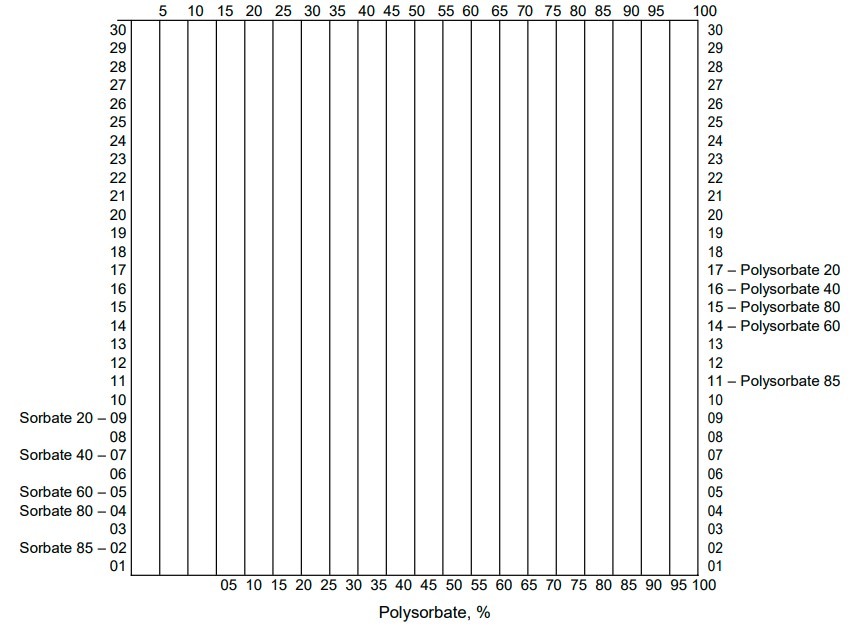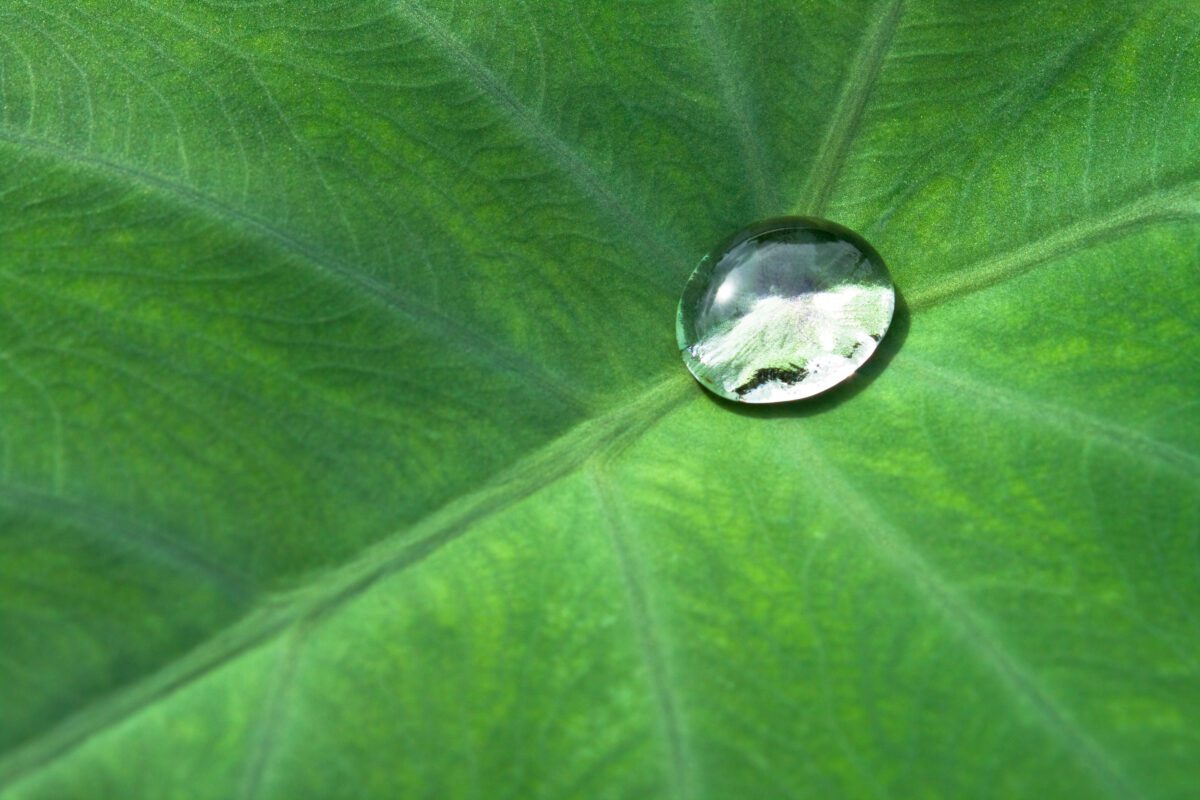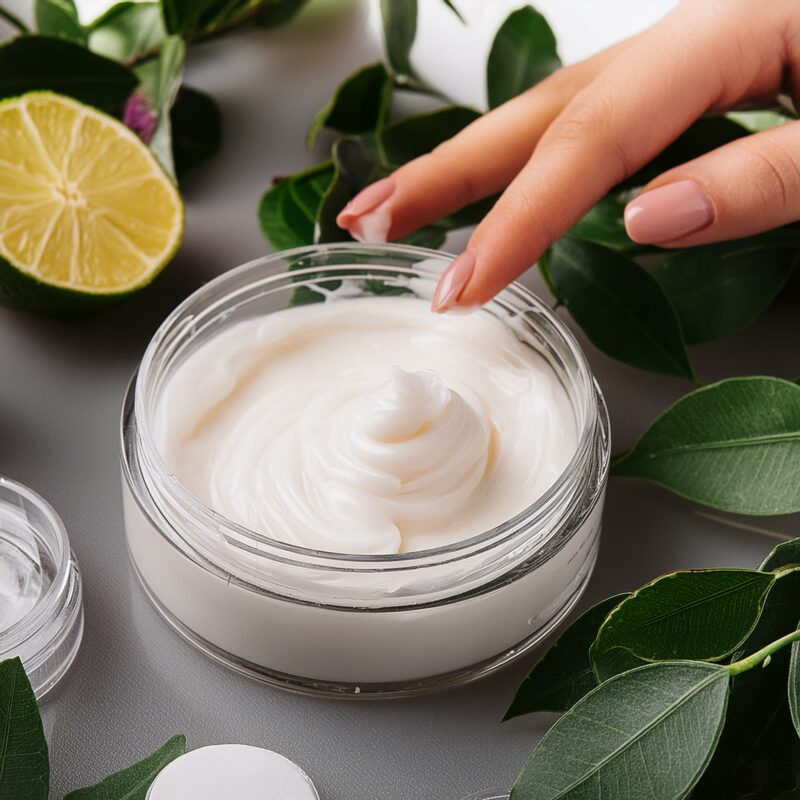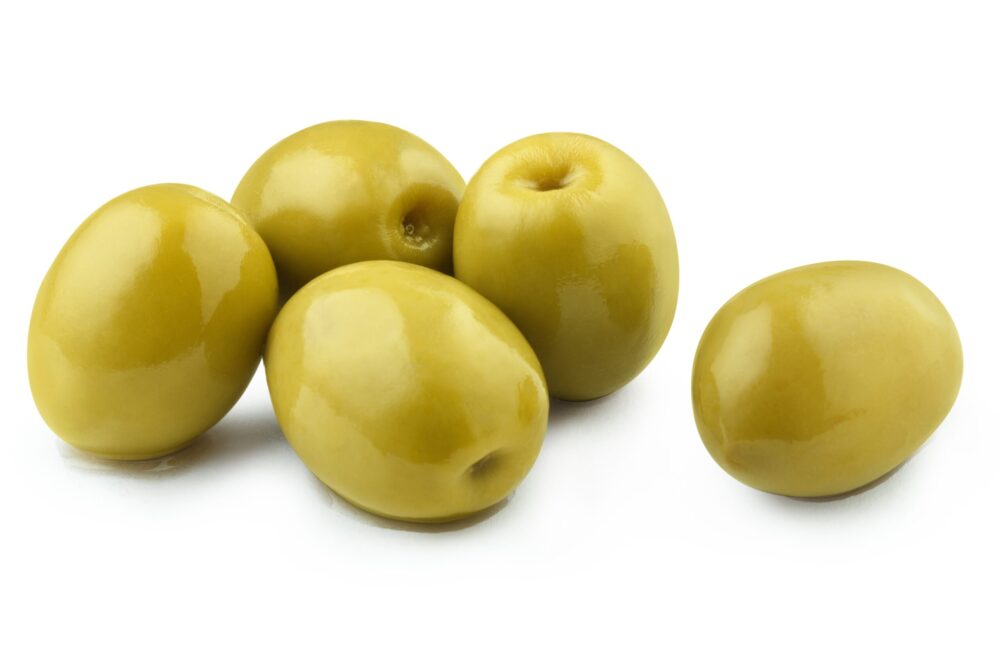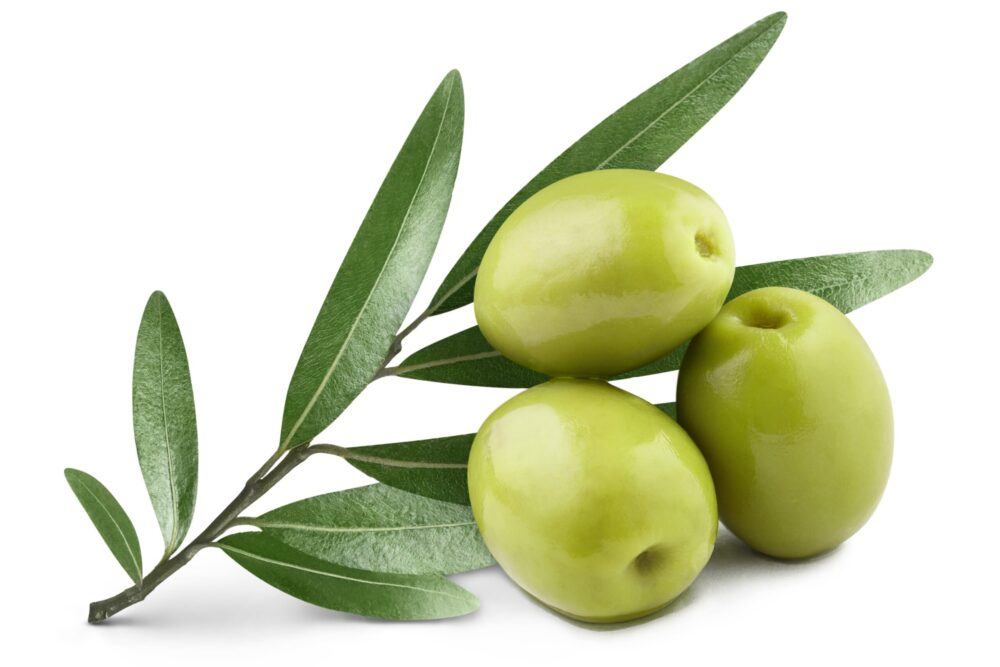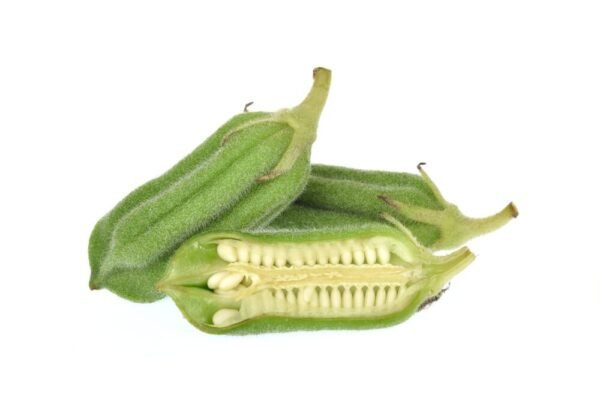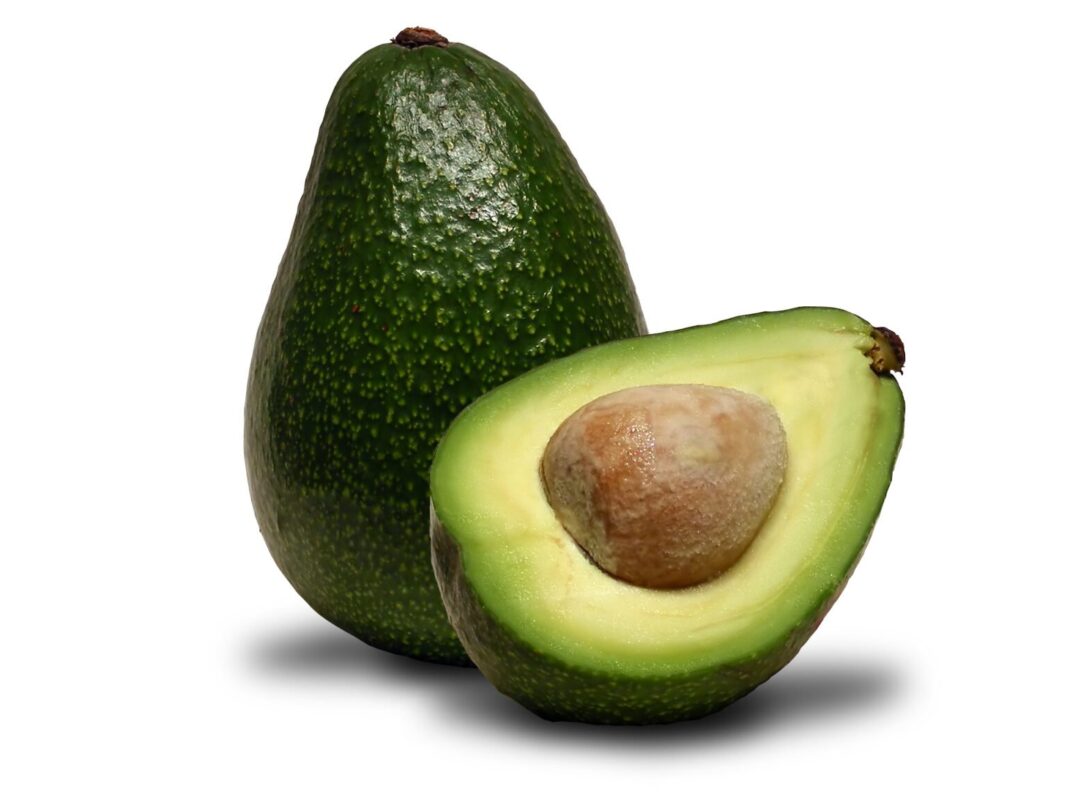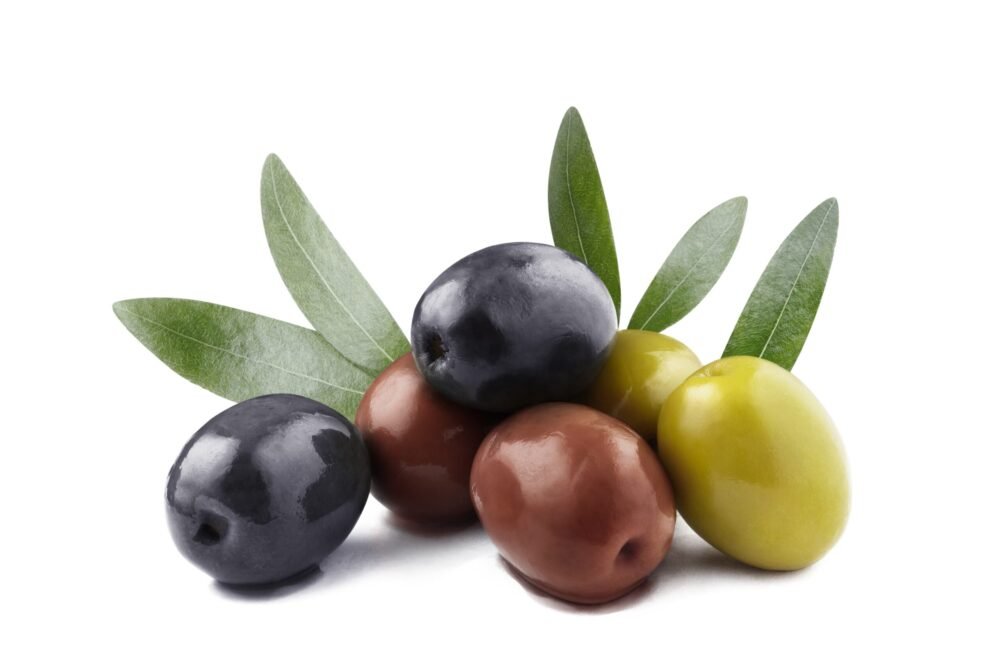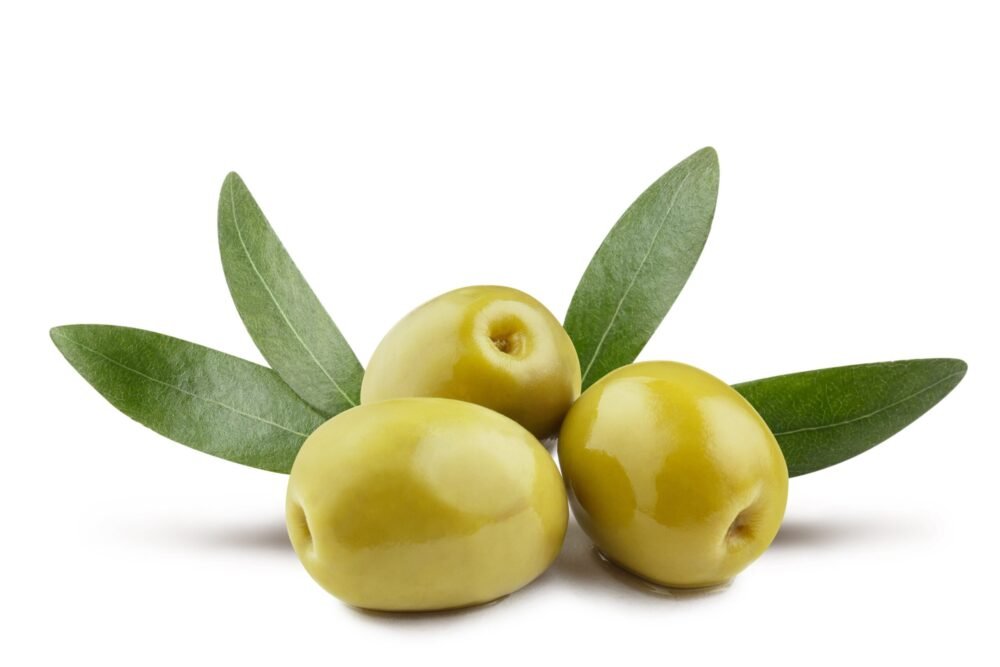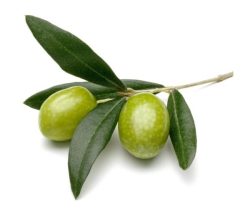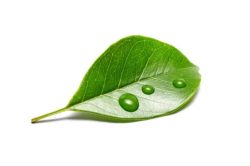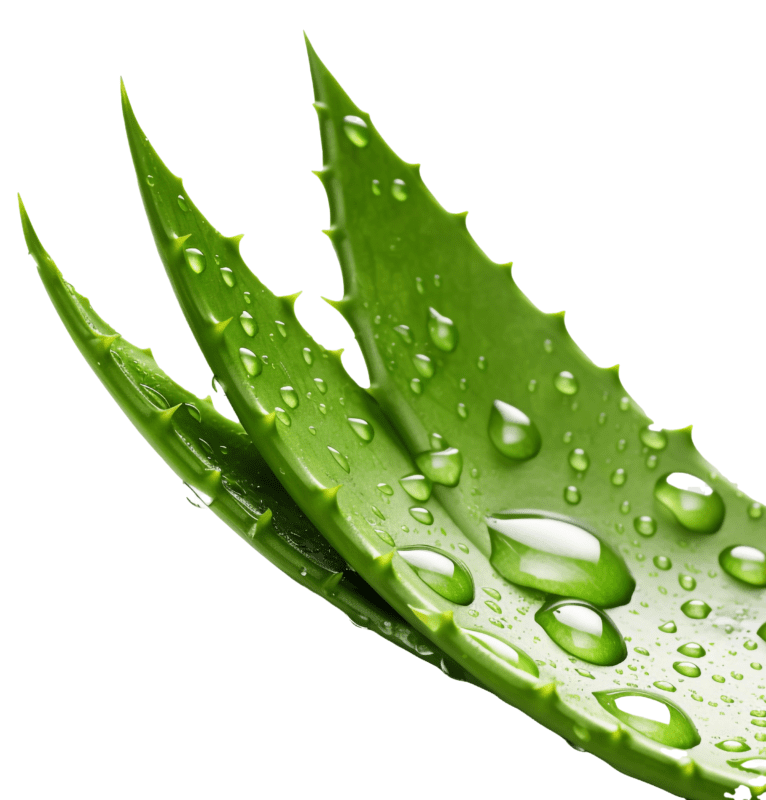HLB required – How to choose an emulsifier?
Every type of fatty substance to be emulsified has a required HLB number. This is a value which makes it capable of forming a stable emulsion with a single emulsifier or with a combination of emulsifiers producing that HLB value. This does not mean that every emulsifier is suitable but represents a basic datum for the search for the most appropriate one. When talking about a stable emulsion or a satisfactory emulsion it is advisable to establish the characteristics required and the evaluation criteria before considering the choice of emulsifier.
For example, apart from being determined by the HLB value, the choice of the most suitable emulsifier system can be affected by the following considerations:
• Must the emulsion be an OW or WO type?
• What viscosity must it have?
• Are there cost limitations on the choice of emulsifier?
• Must the emulsion be stable to bases, salts or electrolytes?
• What is the product going to be used for?
• Must the emulsion show a specific compatibility value to the skin or eyes?
• Is the choice of emulsifier influenced by the type of equipment available and by the preparation process which will be used?
• Must the product tolerate specific stockage conditions?
The fact that every lipophilic substance possesses a required HLB number does not mean that any emulsifier with an analogous value is able to form a good emulsion with it. The choice of the type of chemical is equally important as the HLB value. Many companies producing emulsifiers supply a table indicating the HLB values required by some substances.
| Substance | OW | WO |
| Gossypium | 6 | 3 – 4 |
| Petrolatum | 7 – 8 | 5 |
| Zea Mays | 8 | 6 |
| Cera Alba | 9 | 5 |
| Dimethycone | 9 | 5 |
| Linum Usitatissimum | 9 | 5 |
| Paraffin | 10 | 4 |
| Paraffinum Liquidum | 10 – 11 | 5 |
| Methicone | 11 | 5 |
| Isotridecyl Laurate | 11 – 12 | 4 |
| Esadecylic Alcohol | 11 – 12 | 4 |
| Isopropyl Myristate | 12 | 5 – 6 |
| Lanolin | 12 | 6 |
| Oleyl Alcohol | 13 – 14 | 6 – 7 |
| Ricinus Communis | 14 | 5 – 6 |
| Lauryl Alcohol | 14 | 6 |
| Petroleum Distillates | 14 | 6 |
| SILGREEN® C | 14 | 6 |
| Carnauba | 15 | 5 – 6 |
| Montan Cera | 15 | 5 |
| Cyclohexane | 15 | 5 |
| Stearic Acid | 15 – 16 | 6 |
| Stearyl Alcohol | 15 – 16 | 6 |
| Cetyl Alcohol | 15 – 16 | 6 |
| Ricinoleic Acid | 16 | 6 – 7 |
| Lynoleic Acid | 16 | 6 – 7 |
| Oleic Acid | 17 | 7 |
The quality of the various products and their relative concentration in the formulation of emulsions are variables that make these values purely indicative. Moreover, these data express the required HLB to obtain fluid emulsions. However, the reported values can also be useful to calculate, with a certain approximation, the required HLB of a mixture of various substances because each of them contributes to this value in proportion to its own percentage content in the mixture.
For example, an emulsion OW made as follows, shows a percentage composition of the internal phase equal to 37.
| Paraffinum Liquidum | 35 % |
| Isopropyl Myristate | 1 % |
| Cetyl Alcohol | 1 % |
| Emulsifier | 7 % |
| Aqua | 56 % |
The required HLB value of the oil phase can be calculated in the following way:
| Paraffinum Liquidum | 35 / 37 | 94.6% | 94.6 x 11 = 10.4 |
| Isopropyl Myristate | 1 / 37 | 2.7% | 2.7 x 15 = 0.3 |
| Cetyl Alcohol | 1 / 37 | 2.7% | 2.7 x 15 = 0.4 |
| Calculated HLB = 11.1 |
The experimental method is the best way to determine the required HLB value of the oil phase to be emulsified. We briefly illustrate the method which is based on the evaluation and comparison of emulsions prepared with various emulsifier mixtures of known HLB and with the substance whose required HLB is to be determined. In order to prepare good quality emulsions, the required HLB number of the oil phase to be emulsified must be determined. To do this it is necessary to choose a suitable pair of emulsifiers belonging to the same chemical class, a lipophile and hydrophile and to obtain mixtures of the two, varying the HLB value from the lowest to the highest.
For example, the emulsifiers Sorbitan stearate and Polysorbate 60 can be used.
| Sorbitan stearate | Polysorbate 60 | Calculated HLB | |
| Mixture No 1 | 100 % | — | 4.7 % |
| Mixture No 2 | 87 % | 13 % | 6.0 % |
| Mixture No 3 | 68 % | 32 % | 8.0 % |
| Mixture No 4 | 48 % | 52 % | 10.0 % |
| Mixture No 5 | 28 % | 72 % | 12.0 % |
| Mixture No 6 | 6 % | 94 % | 14.0 % |
| Mixture No 7 | — | 100 % | 14.9 % |
The various emulsions are prepared with the fatty phase whose required HLB is to be determined using an excess of emulsifier (15 – 20% of the weight of the fatty phase) and following the same preparation method for each. By evaluating and comparing the emulsions produced, the best can be determined.
That is the one with the nearest HLB to that required. Successive tests around the chosen value allow a required HLB value to be obtained within a narrower range. If the emulsions all appear satisfactory without appreciable differences or, on the other hand, all unacceptable the test must be repeated using a smaller or larger amount of emulsifier respectively. During the tests it is possible that two satisfactory emulsions are found to occur, one of which has a very low HLB. In this case the emulsion with the low HLB value is identifiable as a WO emulsion whereas the one with the higher HLB will be an OW type.
Experience shows that the most stable systems are obtained with mixtures of emulsifiers in which one part has lipophile and the other hydrophile characteristics. It is advisable therefore to obtain the required HLB value with a suitable combination of emulsifiers rather than trying to adapt only one emulsifier with aHLB value which is not exactly the same as the one required.
To calculate the amount of emulsifier (A) to be mixed with another emulsifier (B) to obtain a given HLB value (X) the following method can be used:
% of A = 100 (X – HLB of B) : (HLB of A – HLB of B)
% of B = 100 – % of A
The Sorbitan esters and the Polysorbates are the ideal products for the experimental determination of the required HLB. In order to calculate this value, it is possible to use a graph that shows the HLB values of the Sorbitan esters on the left, the HLB values of the Polysorbates on the right, and the percentage of
Polysorbate present in the mixture on the abscissa.
For example, if Sorbitan monooleate is used together with Polysorbate 80, it would be enough to connect the HLB values of the two products with a line and to draw horizontal line starting from the value of HLB the mixture should have, which can be read on the ordinate. On the abscissa, where the two straight lines
meet, it would be possible to read the percentage of Polysorbate 80 to be used in the mixture. The ordinates can obviously show the HLB values of any class of emulsifier, in order to establish the HLB of the desired mixture
